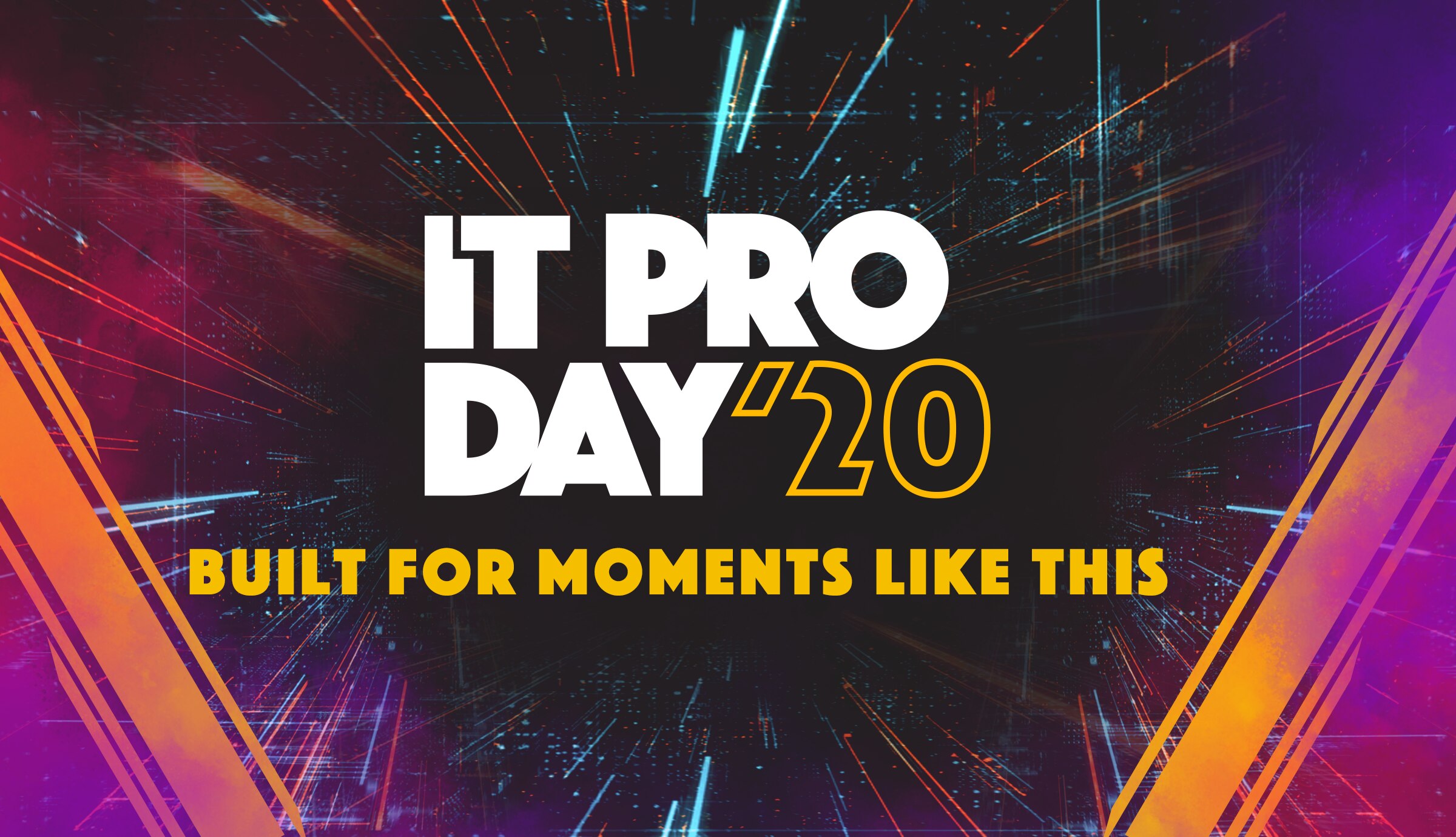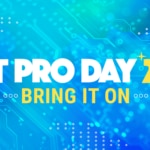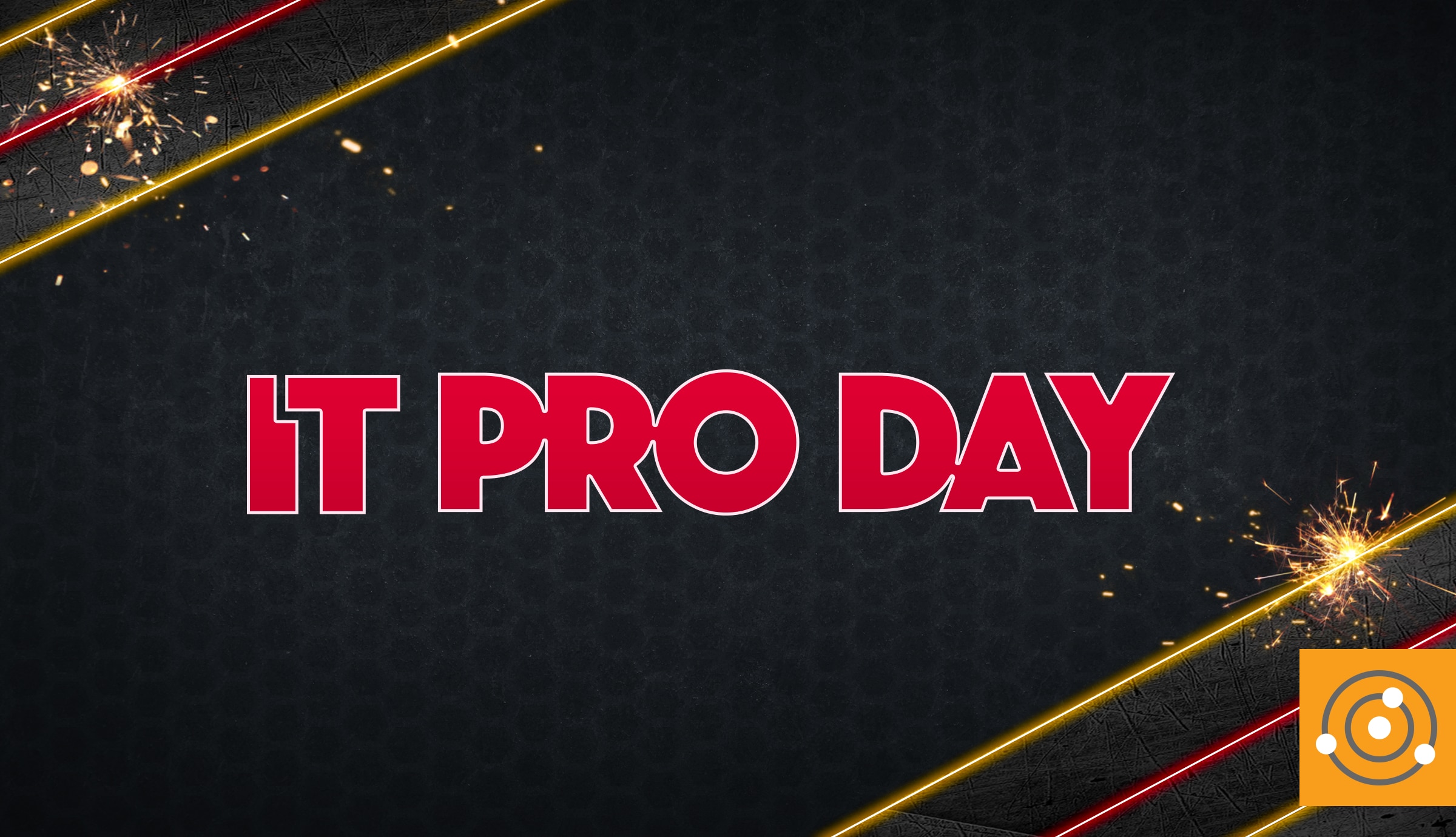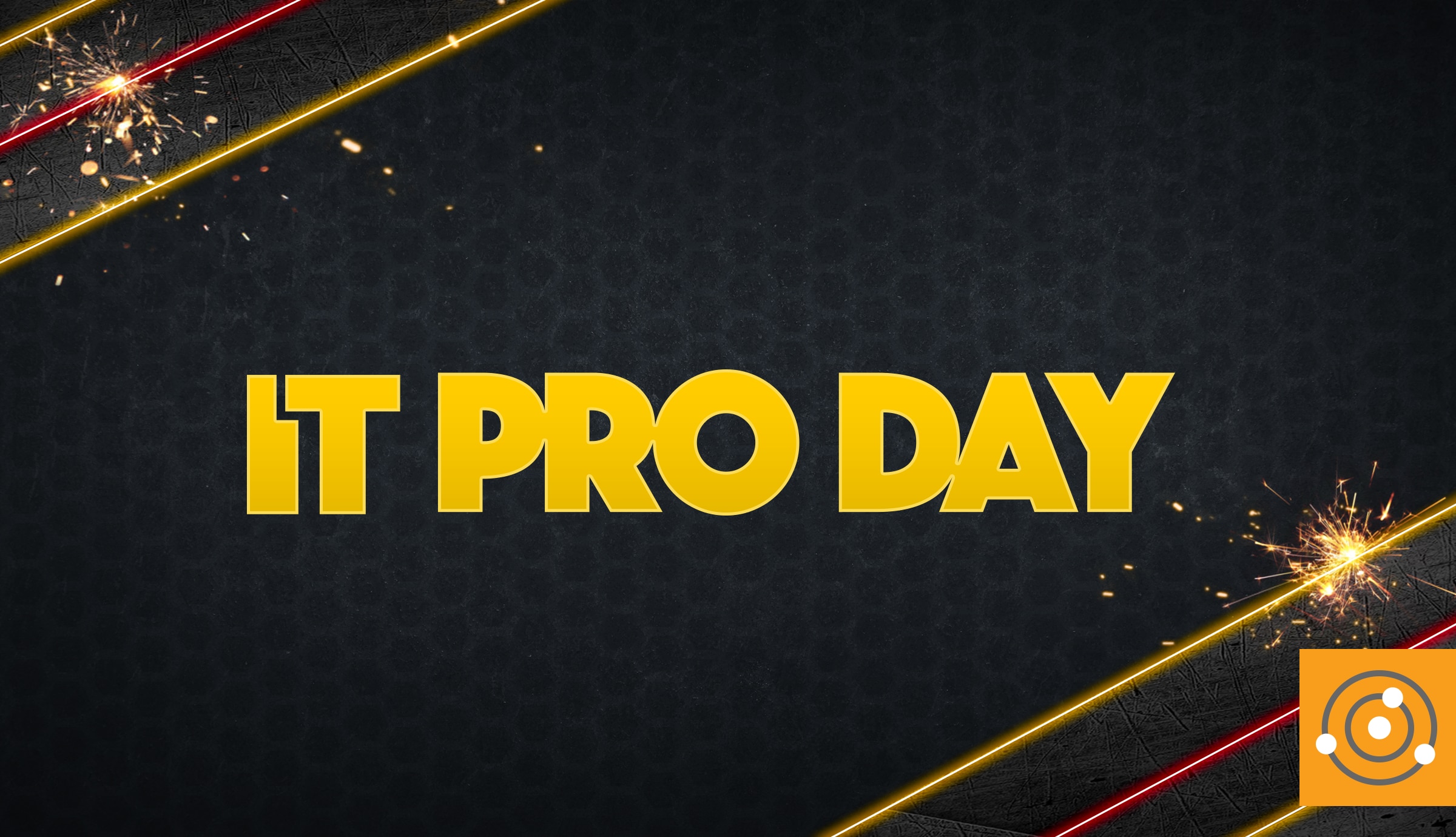The Parallax View is a 1974
movie starring Warren Beatty. It’s one of many 1970s-style “conspiracy” movies, if you’re looking for something else to binge while we ride out the latest pandemic wave. I don’t want to spoil the movie for you in any way, but one scene reminds me of the roughly 48 hours I was detained at
Fort Meade in 1997.
Parallax is defined as “a displacement or difference in the apparent position of an object viewed along two different lines of sight.” The most common usage of parallax is when discussing the motions of stars and planets and calculate the distance to far away objects. Parallax is also how the moving background image of your iPhone works, too.
But parallax can also be applied to your own life timeline. Let’s focus on one aspect of our lives: our careers in IT.
A Brief History of Higher Education
First, some background information on college and university educations. A great summary for the timeline of college in America is in the article
Is College for Everyone? An Introduction and Timeline of College in America. This article echoes my experiences in the field of higher education. The part I want to bring to your attention is in the “Early 1900s” section:
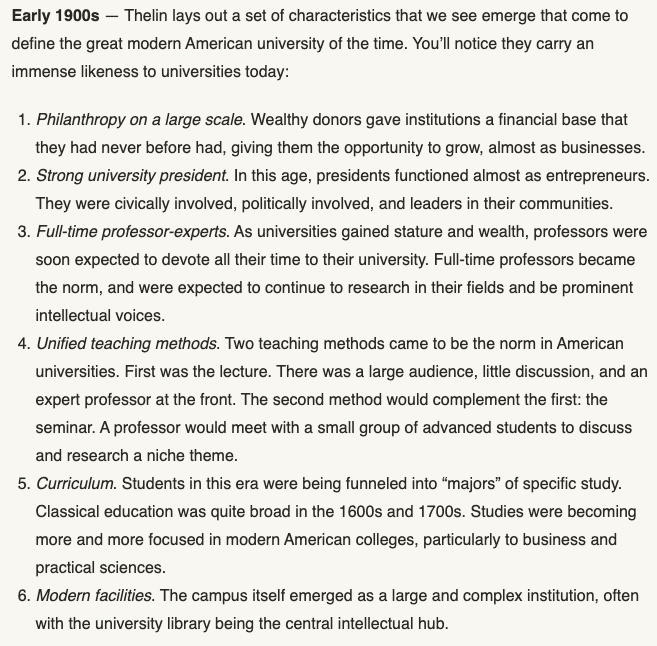
Two things I want to point out in this section. First, the teaching methods. Those same methods are in use today and are familiar to everyone who has attended college (even for just a few classes). Prior to the 1900s, education was different, almost unchanged for centuries. The format change was necessary as colleges and universities transitioned from education facilities to a business focused on creating alumni. But we can dive into that topic some other time.
The other point I want to mention is about the “full-time professor-experts:”

Let’s change a few words and take another look at that sentence:

As an IT pro, you know people come to you for one of two reasons: either something is broken, or something might become broken. And if it’s not something you know how to fix, you’ll be expected to fix it, and fast. And thanks to the ever-connected world in which we live, IT pros are responding to calls for help at all hours of the day. Not just work calls either. Family and friends reach out to ask for help with various hardware and software requests.
In a way, the differences between an IT pro and a university professor could be viewed as a difference due to parallax.
OK, maybe I’m reaching a bit here. Then again, maybe not as much as you might think. My colleague
Kevin Kline recently wrote
What’s Your IT Pro Journey? and I’ve been thinking a bit about my journey.
I can’t explain to others what I do for a living as an IT pro. Most likely your mother thinks we all just “work with computers.” But there, in that one sentence, buried into an article about colleges, is the best way of describing the value we deliver as IT pros.
I’ll use my journey as an example.
My IT Pro Journey
I was going to be a college basketball coach.
No doubt in my mind, I knew I would be working the sideline on a Saturday afternoon somewhere. I also knew a large percentage of coaching jobs went to former players (regardless of coaching ability), or to people connected to the right other people. Since I didn’t play college basketball, and I wasn’t well connected, I focused on the one thing I could change—my education level.
Many schools require coaching staff members to either have, or be working towards, an advanced degree. So off I went to Washington State to earn my MS in Mathematics. Why not Sports Administration or something similar? Well, the specific degree doesn’t matter—the schools simply want a high percentage of faculty and staff to have advanced degrees. If I was fortunate to connect with a head coach willing to hire me onto their staff, I didn’t want the lack of an advanced degree to be a roadblock. I needed the edge, and math was an easy choice for me.
While at Washington State I started thinking I would earn my PhD in Mathematics and become a professor somewhere, maybe coach some basketball as well. Talking with one of the assistant basketball coaches one day about my career options resulted in a potential nickname: “Doc LaRock.” I can still hear his voice saying the nickname loud for everyone to hear. Anyway, my PhD wasn’t in my future. I sometimes think about it, but not often.
I may not be in academia. I may not have my PhD in Mathematics. But my current career is similar to a professor. In fact, the more I look, the more parallels I see:
- I devote all my time to my company, SolarWinds.
- I’m expected to research new database features and functionality.
- I’m expected to have a prominent voice (we can debate the intellectual level).
- I’m expected to teach (and learn) from others.
I’m exactly what a university or college would want from a professor on staff. Someone to help draw in students (i.e. customers) and revenue during my tenure.
I find it rather interesting that my career is essentially what I had envisioned when the words Doc LaRock were first spoken. But it’s not math, not numbers, not theorems…
It’s data that is my canvas.
Summary
After WSU, I took a job as a software analyst because I decided I wanted things like food and shelter, and coaching/teaching paid far, far less than writing SQL statements. I haven’t looked back, but I do sometimes wonder.
Think about where you are with your career today, and where you thought you would be. It’s easy for people to ask themselves, “How did I get here?” when reflecting upon their career choices. Unfortunately, the question is posed in a negative context. And that’s when I would challenge you to think about the parallels between where you are and where you thought you would be.
I bet the positives of your current situation will draw parallels to what you thought years ago about your career and yourself. Your life is your IT classroom.
Try it for yourself and discover the parallax view of your career.
 Two things I want to point out in this section. First, the teaching methods. Those same methods are in use today and are familiar to everyone who has attended college (even for just a few classes). Prior to the 1900s, education was different, almost unchanged for centuries. The format change was necessary as colleges and universities transitioned from education facilities to a business focused on creating alumni. But we can dive into that topic some other time.
The other point I want to mention is about the “full-time professor-experts:”
Two things I want to point out in this section. First, the teaching methods. Those same methods are in use today and are familiar to everyone who has attended college (even for just a few classes). Prior to the 1900s, education was different, almost unchanged for centuries. The format change was necessary as colleges and universities transitioned from education facilities to a business focused on creating alumni. But we can dive into that topic some other time.
The other point I want to mention is about the “full-time professor-experts:”
 Let’s change a few words and take another look at that sentence:
Let’s change a few words and take another look at that sentence:
 As an IT pro, you know people come to you for one of two reasons: either something is broken, or something might become broken. And if it’s not something you know how to fix, you’ll be expected to fix it, and fast. And thanks to the ever-connected world in which we live, IT pros are responding to calls for help at all hours of the day. Not just work calls either. Family and friends reach out to ask for help with various hardware and software requests.
In a way, the differences between an IT pro and a university professor could be viewed as a difference due to parallax.
OK, maybe I’m reaching a bit here. Then again, maybe not as much as you might think. My colleague Kevin Kline recently wrote What’s Your IT Pro Journey? and I’ve been thinking a bit about my journey.
I can’t explain to others what I do for a living as an IT pro. Most likely your mother thinks we all just “work with computers.” But there, in that one sentence, buried into an article about colleges, is the best way of describing the value we deliver as IT pros.
I’ll use my journey as an example.
As an IT pro, you know people come to you for one of two reasons: either something is broken, or something might become broken. And if it’s not something you know how to fix, you’ll be expected to fix it, and fast. And thanks to the ever-connected world in which we live, IT pros are responding to calls for help at all hours of the day. Not just work calls either. Family and friends reach out to ask for help with various hardware and software requests.
In a way, the differences between an IT pro and a university professor could be viewed as a difference due to parallax.
OK, maybe I’m reaching a bit here. Then again, maybe not as much as you might think. My colleague Kevin Kline recently wrote What’s Your IT Pro Journey? and I’ve been thinking a bit about my journey.
I can’t explain to others what I do for a living as an IT pro. Most likely your mother thinks we all just “work with computers.” But there, in that one sentence, buried into an article about colleges, is the best way of describing the value we deliver as IT pros.
I’ll use my journey as an example.





